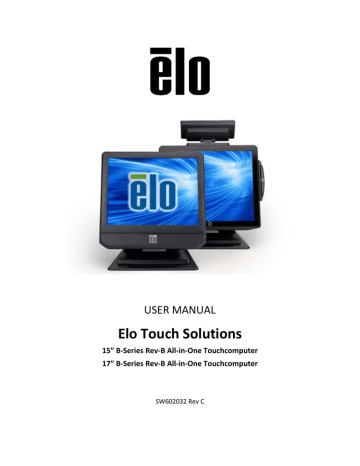
When writing keyboard device modules, keep in mind that the See the header for the format of these structures.Īll these structures have a timestamp field you fill them in “ Writing a combination device/protocol module”ĭevice modules can pass data in any format they want up to In many embedded systems, a combination device/protocol You'll also find a README file that providesįurther background info on how the system processes data
Elo touchscreen calibration envoke code#
Elo touchscreen calibration envoke driver#
driver layer that this module represents:Īrgs List of module parameters where each parameter is.Type A combination ( OR) of two descriptors: } flags Only one flag has been defined - MODULE_FLAG_INUSE, which indicates a valid module.

Int (*devctrl)(input_module_t *, int, void *) Int (*parm)(input_module_t *, int, char *) Int (*pulse)(message_context_t *, int, unsigned, void *) Int (*output)(input_module_t *, void *, int) Int (*input)(input_module_t *, int, void *) pointers to user-supplied module functions Struct Line *line // driver bus line - for internal use onlyĬhar name // module name (used in devi-* commands)Ĭonst char *args // list of module args (used in devi-* commands) Input_module_t *down // for internal use only Input_module_t *up // Up and down modules in bus line. Input_module_t representing your module andįilling in the relevant interface functions. Writing an input module consists of simply creating an We recommend that youĪ module is represented by a data type calledįields and function pointers representing its interface.

To write an input driver, you must first create your own


 0 kommentar(er)
0 kommentar(er)
